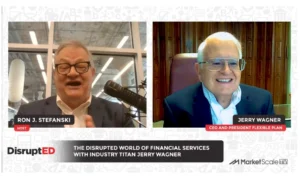Fifty Years Later, The Space Race is Back On
In the time since Neil Armstrong and Buzz Aldrin first landed on the moon on July 20, 1969, only 10 other men have walked on the lunar surface. Fifty years after this marvel of human achievement, there is a new desire to go back, not simply for exploration’s sake, but for commercial reasons.
Never before have there been as many space-oriented startups as there are today, and public-private relationships are developing quickly across the United States.
The Public-Private Push
The Trump administration has laid out a plan to return to the moon by 2024 with the goal to have a sustained presence by 2028, and entrepreneurs are racing climb aboard. Whether this is a realistic goal remains to be seen.
Billionaires Elon Musk and Jeff Bezos have publicly led the movement with their companies SpaceX and Blue Origin, respectively. Entrepreneurs from across the globe, and the venture capitalists backing them see an opportunity for tourism among the stars, resource mining, and a potential launching pad to planets including Mars.
For the first time since the 1960s, a genuine space race is officially heating up.
According to the Wall Street Journal, 90 percent of the $8.4 billion that has been spent by venture capitalists on space startups has been done in the past five years alone.
The Uncertain Horizon
Still, questions remain about the return on investment of the moon. With uncertainty about the timeline and ultimate plans, some investors remain leery.
The U.S. government however, seeing China and Russia gear up for trips to the moon, has little choice but to hand out contracts to private companies intent on getting there quickly.
Startups with application in everything from defense to hospitality are vying for access to the moon and Mars, and competition is accelerating the process of a return to the lunar surface.
For more on the space race head to our science page!
Make sure to follow us on Twitter at @ScienceMKSL.








